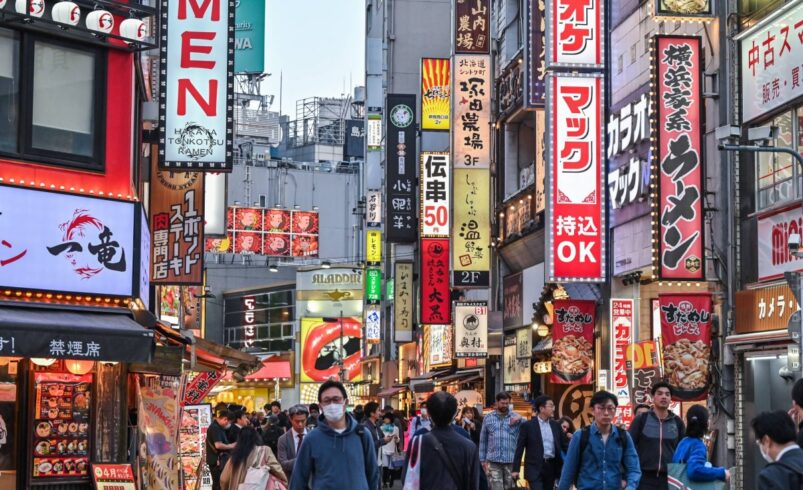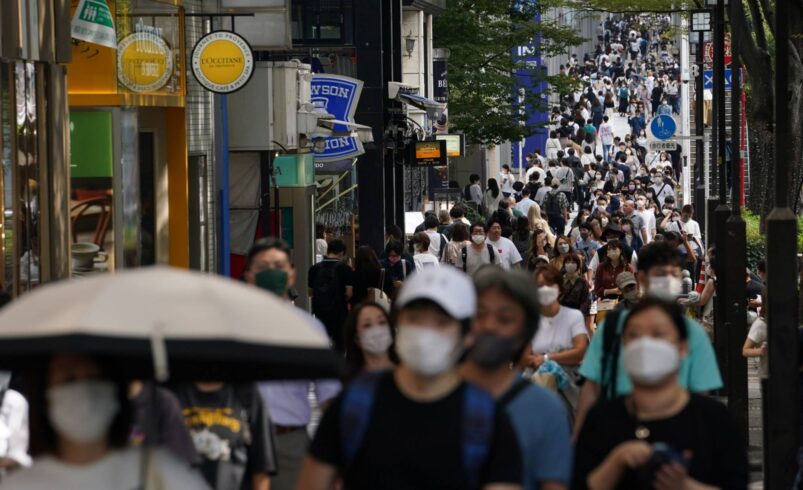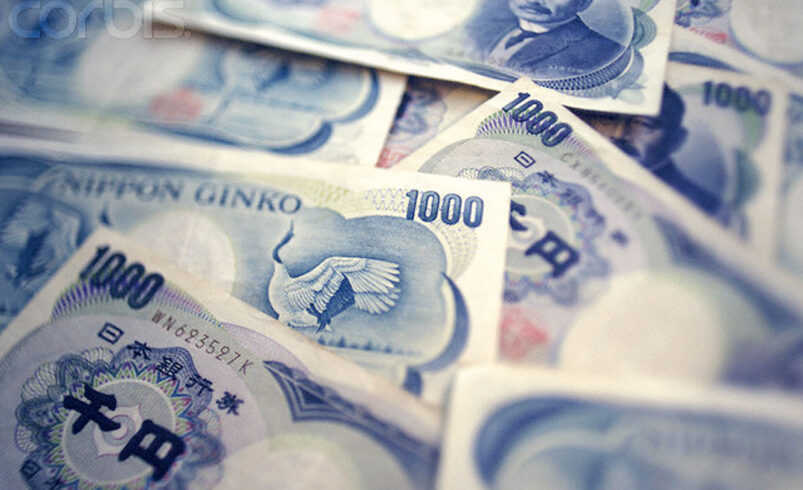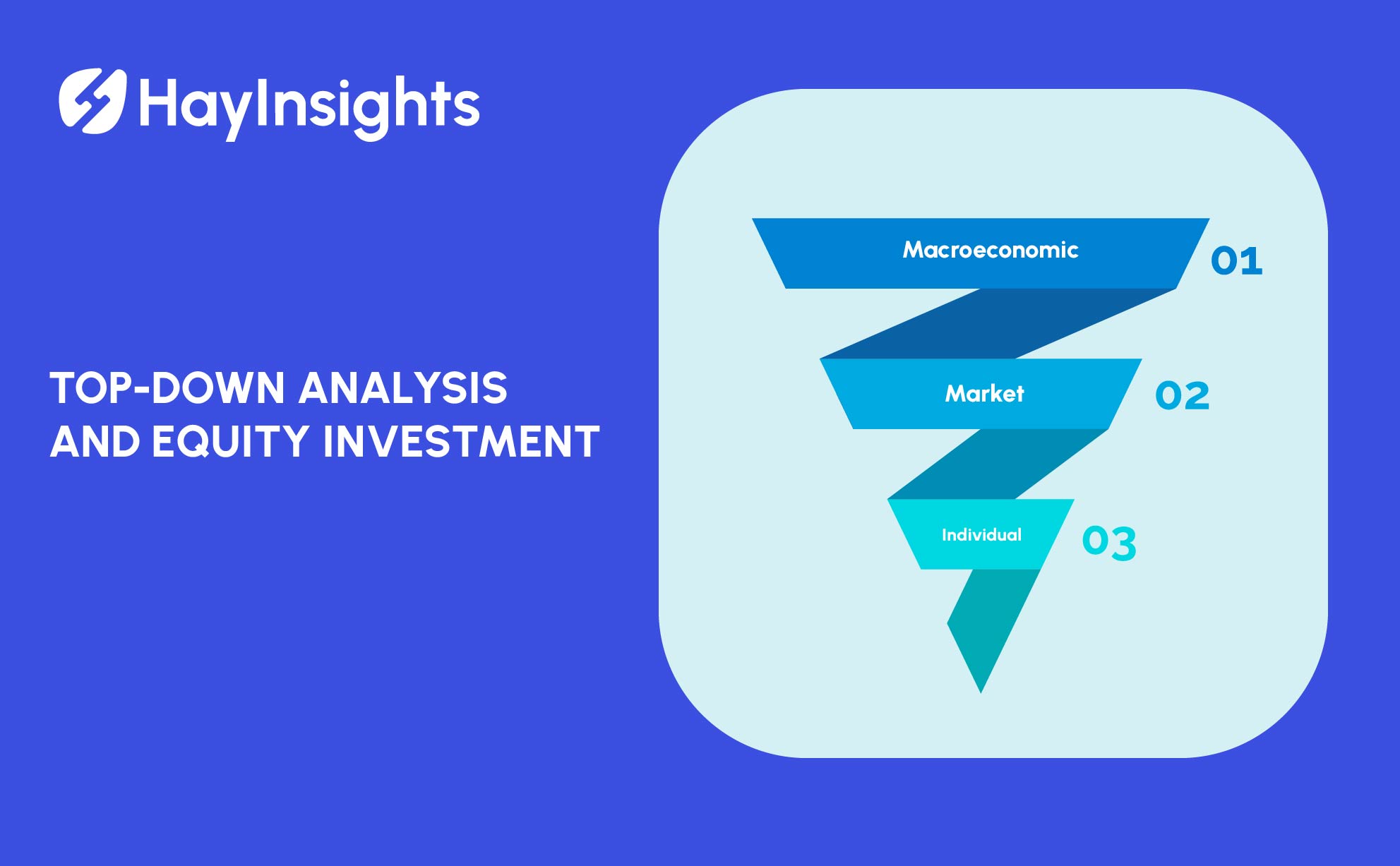
2025年の日本のCPI: どれくらい低ければ低すぎるのか? 日本の課題と主な解決策
消費者物価指数 (CPI) は、世帯が購入する商品やサービスの価格の変化を追跡することでインフレを測定する重要な経済指標です。世界で最も先進的な経済の 1 つである日本は、インフレと独特の関係にあり、CPI の低い成長とデフレに悩まされることがよくあります。何十年もの間、日本は安定した物価上昇を維持するという課題に直面しており、経済成長と金融政策に影響を及ぼしています。日本の CPI を理解することで、日本の経済の安定性、消費者支出、将来の金融動向についての洞察が得られます。
日本のCPIとは何ですか?
日本の消費者物価指数は、日本の統計局によって算出され、一定の商品とサービスの平均価格変動を反映しています。これには、食品、交通、住宅、医療、教育などのカテゴリが含まれます。この指数は、政策立案者、企業、投資家がインフレ率を測定し、経済的決定を下すために使用されます。
日本のCPIは、主に次の2つの方法で分析されます。
- 全体のCPI: 食品やエネルギーを含むすべての消費財とサービスが含まれます。
- コアCPI: 変動が激しい傾向にある食品とエネルギーの価格を除外することで、長期的なインフレ傾向をより明確に把握できます。
日本銀行(BOJ) 日銀は、金利や景気刺激策を含む金融政策の調整を決定するために、日本の消費者物価指数を注意深く監視しています。日銀は2%のインフレ目標を目指していますが、経済の停滞、人口の高齢化、デフレ圧力により、これを達成することは歴史的に困難でした。
日本のCPIの歴史的推移
緩やかなインフレを経験する他の多くの主要経済国とは異なり、日本の CPI は数十年にわたって比較的停滞しています。1990 年代以降、日本はデフレに悩まされてきました。デフレとは、物価が一定または時間とともに下落する状態です。「失われた 10 年」として知られるこの期間は、経済の減速、消費者支出の低迷、賃金の低下が特徴でした。
2000 年代初頭を通じて、アベノミクス (安倍晋三前首相の経済政策) を含むさまざまな政府の取り組みにより、政府支出の増加と金融緩和の実施によってインフレを促進させようとしました。これらの政策は短期的な成長をもたらしましたが、日本の CPI は 10 年間のほとんどの期間、目標レベルを下回ったままでした。
近年、サプライチェーンの混乱、エネルギー価格の高騰、円安など、世界的な経済要因によりインフレが上昇し始めている。しかし、一貫したCPI成長を維持することは、政策担当者にとって依然として課題となっている。
日本のCPIに影響を与える要因
1. 弱い消費者需要とデフレ圧力
日本のCPIにとって最大の課題の1つは、国内需要の弱さです。消費者は消費よりも貯蓄する傾向があり、物価上昇が制限されます。インフレが旺盛な消費者支出によって推進される経済とは異なり、日本の人口の高齢化とリスク回避的な文化は、CPIの上昇の鈍化の一因となっています。
2. 通貨変動と輸入コスト
日本円(JPY) は日本のCPIにおいて重要な役割を果たしています。円安になると、特にエネルギーや食品などの輸入品のコストが上昇し、一時的なインフレの急上昇につながります。逆に、円高になると輸入品が安くなり、CPIの伸びが鈍くなります。
3. エネルギー価格と輸入依存度
日本はエネルギーのほとんどを輸入しているため、日本のCPIは世界の石油・ガス価格の変動に非常に敏感です。エネルギーコストの上昇は、特に地政学的紛争やサプライチェーンの混乱の余波を受けて、最近のCPIの上昇の一因となっています。
4. 賃金上昇の停滞
インフレが上昇しているにもかかわらず、日本では賃金の伸びが鈍い。多くの企業は、コストの上昇が収益性に影響を及ぼすことを恐れ、賃金の引き上げをためらっている。その結果、実質購買力が低下し、消費者需要が弱まり、CPIの伸びが鈍化する。
5. 政府の政策と金融政策
日本銀行は経済活動を刺激するために超低金利を維持してきました。しかし、このアプローチはCPIの上昇を維持する上で限られた成果しかあげていません。日銀は支出と価格上昇を促す政策を試行し続けています。
日本の最近のCPI動向(2024-2025年)
過去 2 年間、日本の CPI は、主に次のような外部要因により、まれに見る緩やかなインフレを経験しました。
- パンデミックと地政学的緊張によるサプライチェーンの混乱。
- エネルギー価格の上昇により、電気代と輸送費が上昇します。
- 円安により生活必需品の輸入コストが上昇した。
2024年現在、日本のCPIは年間2.5%~3.5%で推移しており、日銀の目標をわずかに上回っている。しかし、経済学者の間では、このインフレが持続可能か、あるいは世界情勢が安定すれば低下するかどうかについて議論が交わされている。
日本のCPIの将来見通し
日本の消費者物価指数(CPI)の将来は、世界市場の状況、国内の経済政策、消費者行動など、さまざまな要因に左右されます。今後数年間のインフレ動向は、いくつかのシナリオによって左右される可能性があります。
-
持続的な中程度のインフレ(2%~3%)
- 日本が国内支出と賃金上昇をうまく刺激できれば、CPIは健全な水準で安定する可能性があります。
- インフラとデジタル変革に対する政府支出の増加は、緩やかなインフレ上昇を支える可能性がある。
-
低インフレまたはデフレへの回帰
- 消費者需要が弱いまま賃金が停滞すれば、日本は再びCPIの低成長やデフレの時期を経験する可能性がある。
- 円高とエネルギー価格の下落はインフレをさらに抑制する可能性がある。
-
予想外のインフレ急上昇
- 世界的なサプライチェーンの混乱、地政学的危機、あるいは通貨の長期的下落により、日本の消費者物価指数が望ましい水準を超え、日銀が金融政策の調整を余儀なくされる可能性がある。
結論
日本のCPIは、同国のインフレ傾向と経済の健全性を反映する重要な経済指標です。最近のインフレ上昇にもかかわらず、日本は安定的かつ持続可能なCPI成長の達成に引き続き課題に直面しています。消費者行動、通貨変動、世界貿易の動向などの要因が、今後数年間の同国のインフレ軌道を決定します。政策立案者は、長期的な経済安定を確保するために、景気刺激策とインフレ抑制策を慎重にバランスさせる必要があります。













